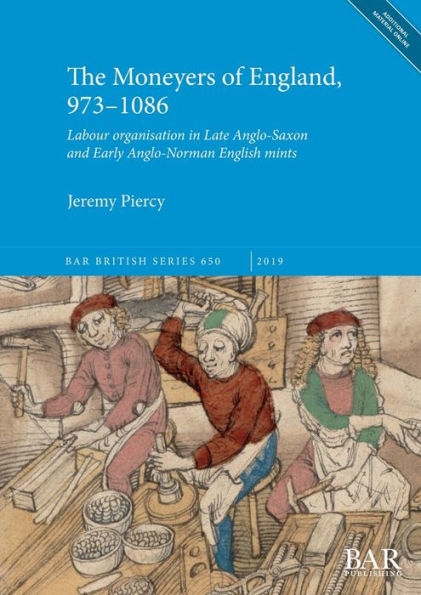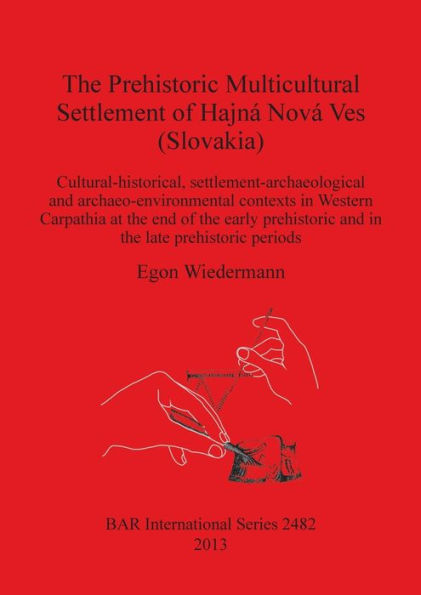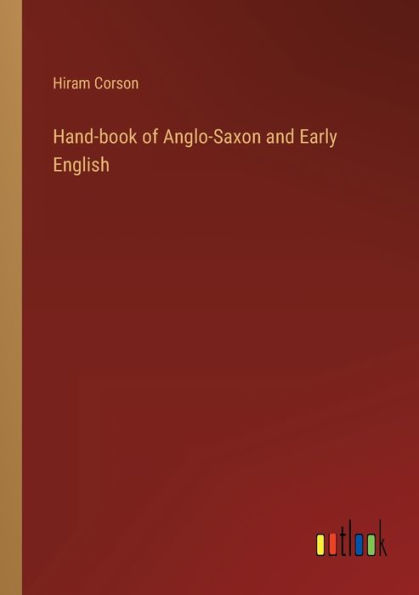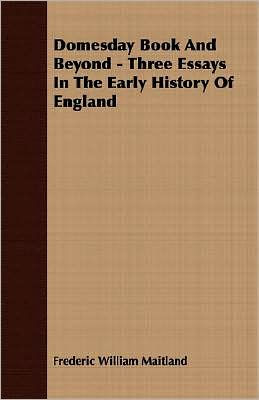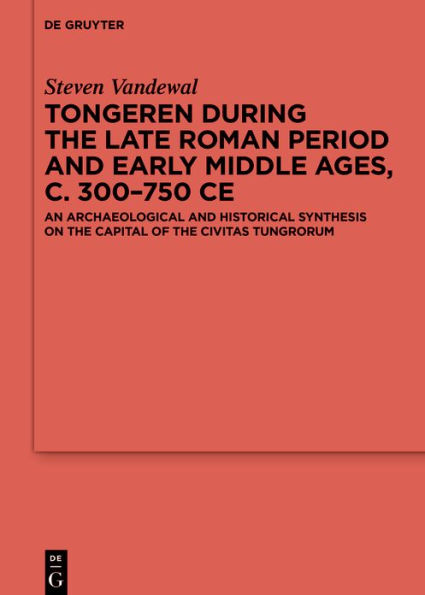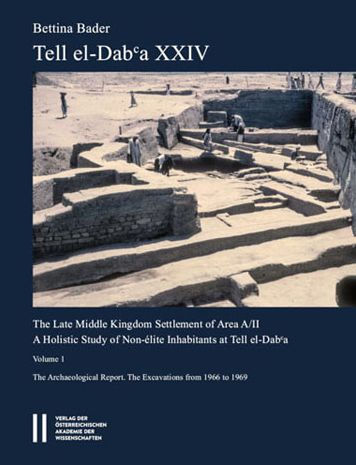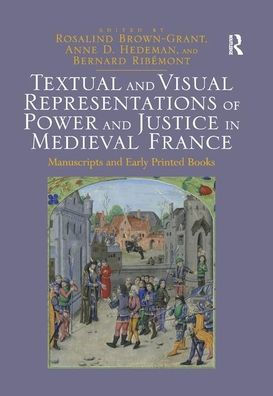Home
The Later Saxon and Early Norman Manorial Settlement at Guiting Power, Gloucestershire: Archaeological Investigation of a Domesday Book Entry
Loading Inventory...
Barnes and Noble
The Later Saxon and Early Norman Manorial Settlement at Guiting Power, Gloucestershire: Archaeological Investigation of a Domesday Book Entry
Current price: $39.00
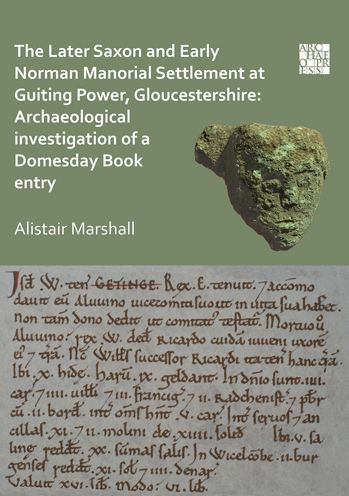

Barnes and Noble
The Later Saxon and Early Norman Manorial Settlement at Guiting Power, Gloucestershire: Archaeological Investigation of a Domesday Book Entry
Current price: $39.00
Loading Inventory...
Size: OS
*Product Information may vary - to confirm product availability, pricing, and additional information please contact Barnes and Noble
This report outlines investigation of the early manor at Guiting Power, a village in the Cotswolds with Saxon origins, lying in an area with interesting entries in the Domesday Survey of 1086. Excavation has shown that, during the later Saxon period, a lightly defended compound contained a principal area of habitation, with an adjacent, more open 'working area' partly divided by ditched sub-enclosures, perhaps related to subsidiary settlement, or other economic activity. This complex may have formed the main estate-centre for a more extensive land-holding, scattered over the northern Cotswolds, and leased from the king, its last Saxon tenant being one 'Alwin', as sheriff of the county a thegn of some standing. During the major economic and social changes following the Conquest, under a change to Norman lordship, the manorial perimeter was reinforced, and a small apsidal church was constructed within it, now restored as a standing monument. Subsequently, a new complex of manorial buildings was established on a fresh site within the enclosure, the precursor of the present parish church was constructed nearby, with further development of manor and village into the full medieval period.
